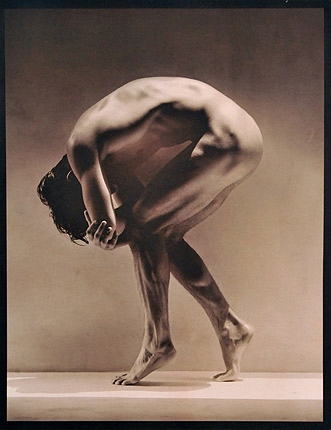Sunday, November 7, 2011:
John Wood and I left about 8AM for Amtrack in Providence to greet Yamamoto Masao, his wife Reiko, and his manager Seiko Uyeda. We corresponded with Masao and Reiko with the generous help of Seiko as translator, but this was our first meeting. The three appear at once together and seem to recognize something about us. They are instantly delightful.
On the way back to Cape Cod, Seiko shared a story that Masao told on the train coming in from New York to Providence. For some reason, he had had an encounter with a Master of sorts, a man whose Japanese sword--a Stradivarius of swords, a work of art--meant a great deal to him. He insisted that Masao take it home with him to photograph. Masao was nervous when he told him just to send it back via UPS! Upon his next visit with the Master, and to Masao's surprise, he told him that the sword's energy revealed that Masao had a difficult time photographing it. He was correct.
As soon as we crossed the Bourne Bridge, John suggested that we offer the front seat to Masao so he could photograph while we traveled toward Brewster on the old historic Route 6A. He reluctantly agreed and after a short time said that the road was "too beautiful to photograph" and that what he liked revealing in his work were imperfections.
I wanted to show everyone one of my favorite spots where a small bridge crossed an inlet with a strong tide. As I approached Keveney Lane to the left, I saw "Bridge Closed," but I turned anyway. It was a cold day and on our way down this short road we passed a hooded young man on the left, walking slow and determined. He turned and nodded as if he expected us. Without having mentioned it to Masao, I was surprised that he later mentioned it to me.
I stopped the car in front of the gravel pile blocking the street and before the bridge, then opened my door to find a decomposing tree trunk hollowed on one side. In the center was a lovely ceramic vase with a partly broken rim at the narrowed top. I thought, imperfection! I looked at Masao and he jumped from the car with his camera like he was greeting an old friend. From the driveway on the other side of the car appeared a man who greeted us. He said that he had just placed the vase in the tree trunk, but at the time wasn't sure why. Then, without missing a beat, the young hooded man we had passed on the way appeared on foot carrying a Japanese sword and explained he was studying Japanese martial arts and that he had been taking that precise walk for two years.
In those brief and lyrical moments, Masao, Reiko, Seiko, John, and I together were witnesses in unison to our own completely uninterrupted attention. Was this a gift brought by a Master? He would likely not have had intended it, because he was just being Yamamoto Masao.
The three Prism book and print sets (Yamamoto Masao, Mitch Dobrowner and Jack Spencer) are a hybrid between the finest offset printing by the Studley Press and a Pam Clark and Travis Becker (Twinrocker Paper) designed handmade paper for the cover. With three different sets of prints, 21st Editions has presented a spectrum of printing processes from offset to platinum (Yamamoto) to silver-contact (Dobrowner) to hand-varnished pigment ink (Spencer). These traditional style monographs are presented with the intention of showing a broad range of the artist's work with from 65-110 images. Scholarly essays by John Wood (Yamamoto), Dafydd Wood (Dobrowner), and Steven Brown (Spencer) reinforce the importance of the marriage of the word and the image as a primary 21st Editions objective.





































